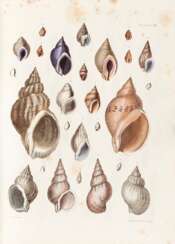books, manuscripts and engravings

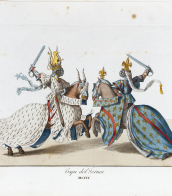

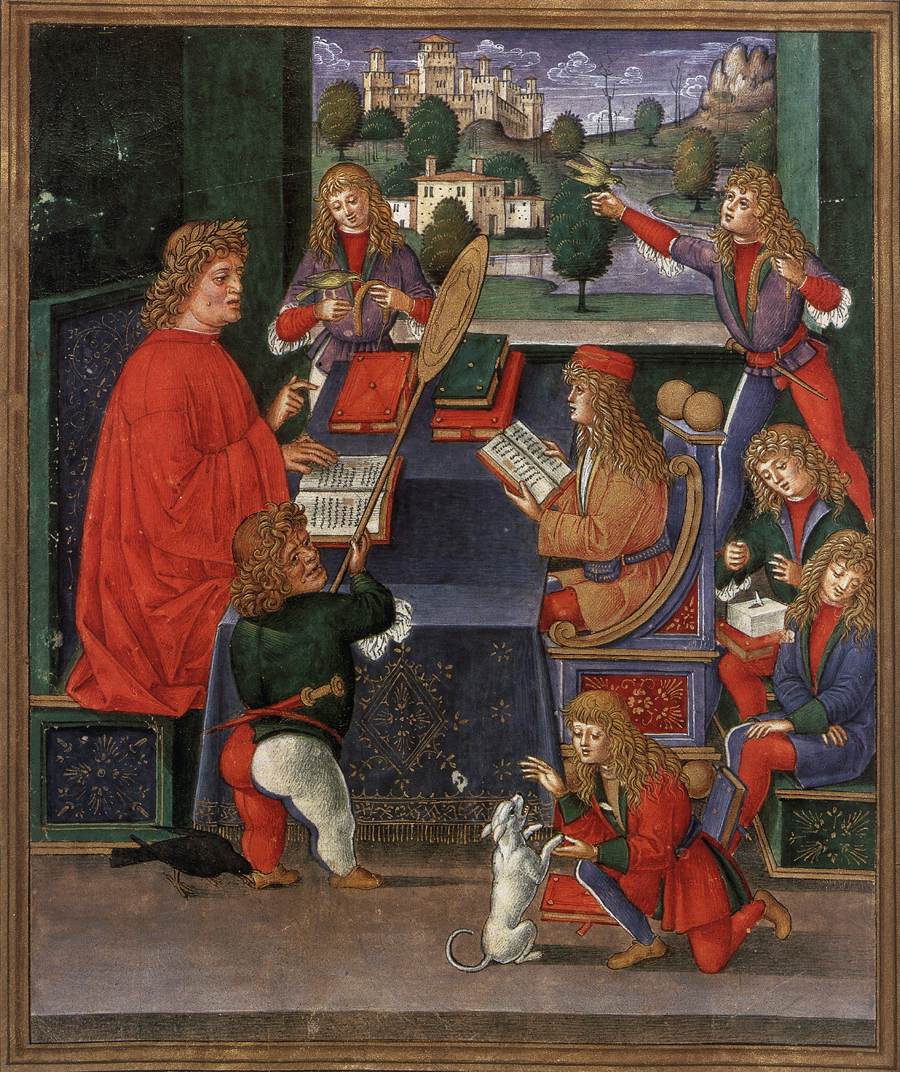
Giovanni Pietro Birago was an Italian painter, illuminator, and engraver for the Sforza court.
He worked from 1470 to 1513 in Brescia, Venice, and Milan, was a leading Milanese illustrator and was favored by the ducal court.



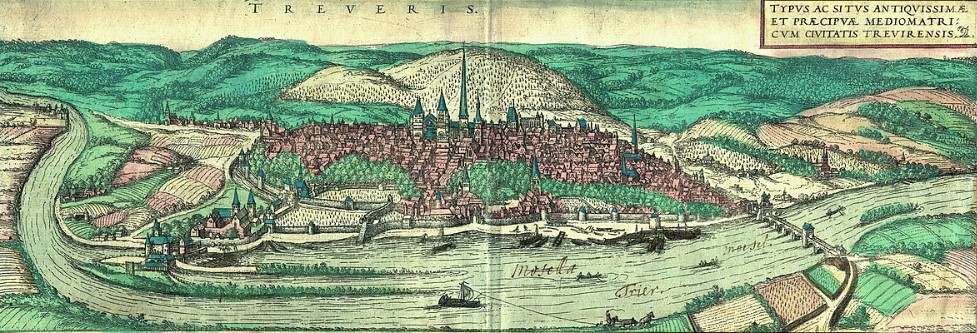
Frans Hogenberg was a Flemish and German painter, engraver, and mapmaker. He is known for portraits and topographical views as well as historical allegories. He also produced scenes of contemporary historical events. Hogenberg was the author of graphic works, engravings of city views and maps of the first four volumes of the six-volume atlas Theatrum Orbis Terrarum (Description and drawings of the most famous cities in the world), published in 1570 by the Flemish geographer Abraham Ortelius. Hogenberg's engravings are an invaluable source of information about urban development in medieval Europe.
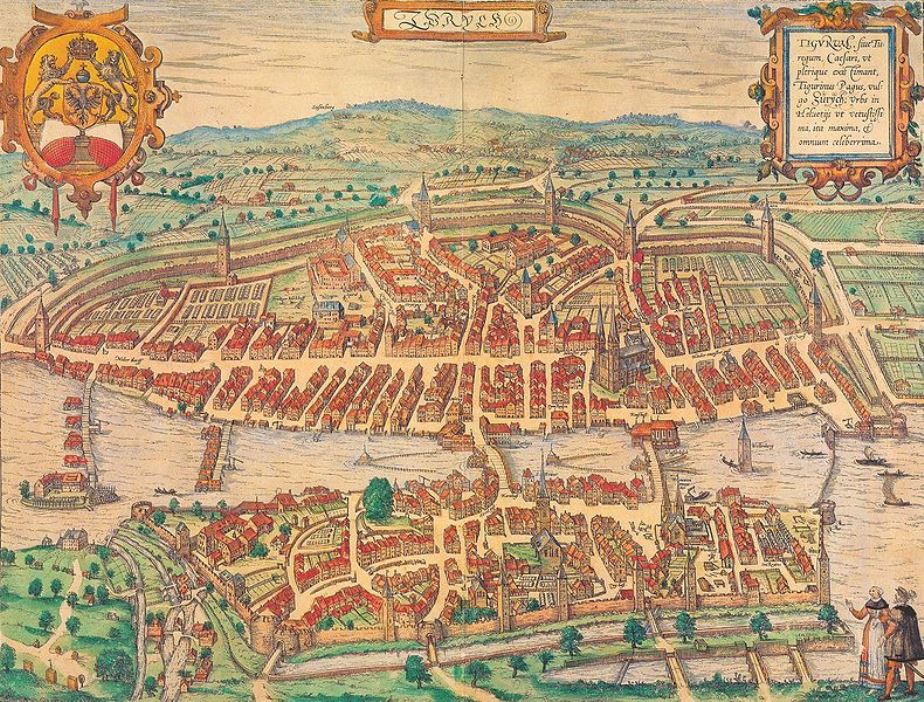
Georg Braun was a German topographical geographer, cartographer and publisher.
Braun was the editor-in-chief of the Civitates orbis terrarum, a groundbreaking atlas of cities, one of the major cartographic achievements of the 16th century. It was the first comprehensive and detailed atlas, with plans of the world's famous cities and bird's-eye views, and became one of the best-selling works of the time.
The book was prepared by Georg Braun in collaboration with the Flemish engraver and cartographer Frans Hoogenberg. Braun, as editor-in-chief, acquired tables, hired artists, and wrote the texts. They drew on existing maps as well as maps based on drawings by the Antwerp artist Joris Hofnagel and his son Jacob. Other authors include Pieter Bruegel the Elder (c. 1525-1569), Jacob van Deventer (c. 1505-1575), and more than a hundred other artists and engravers.
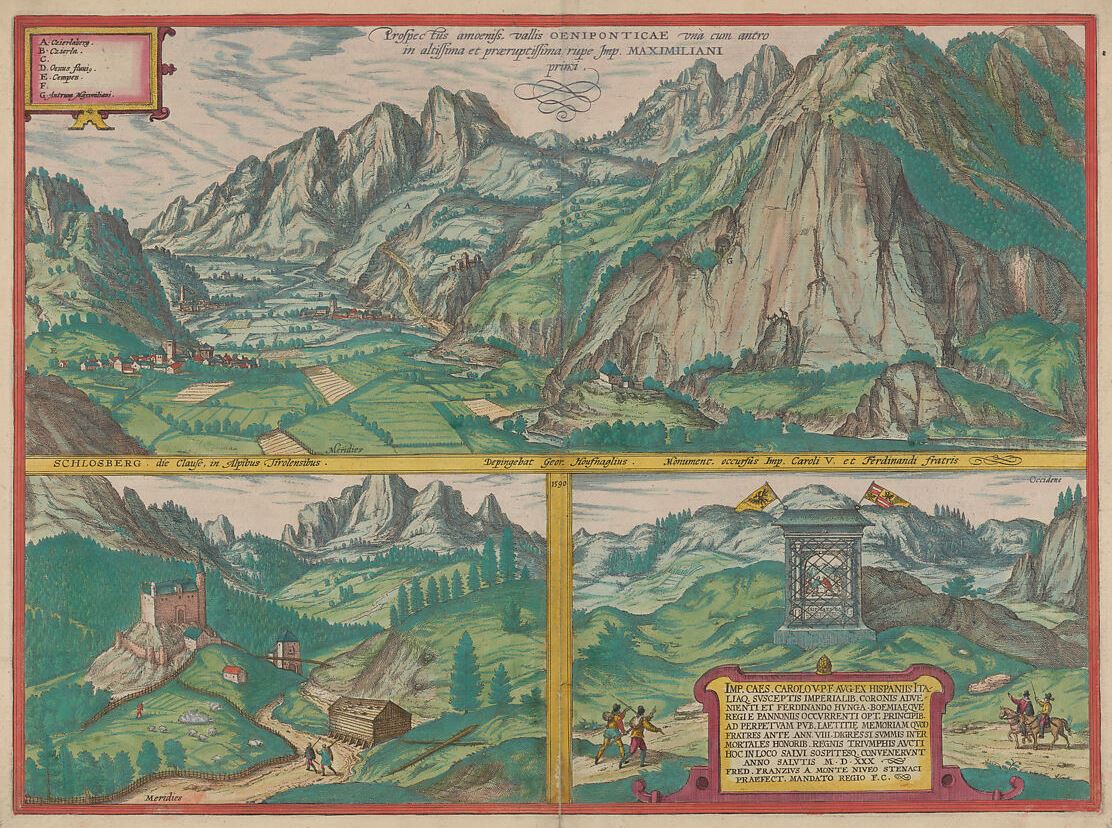
Simon Novellanus was a Dutch-born German artist, graphic artist and engraver who worked in Cologne in the second half of the 16th century.
He is known to have been a skilled engraver and collaborated with cartographer and engraver Franz Hogenberg in the production of books and atlases. Novellanus's sprawling, multi-layered landscapes are executed in a light and varied etching technique that creates intense light and atmosphere.

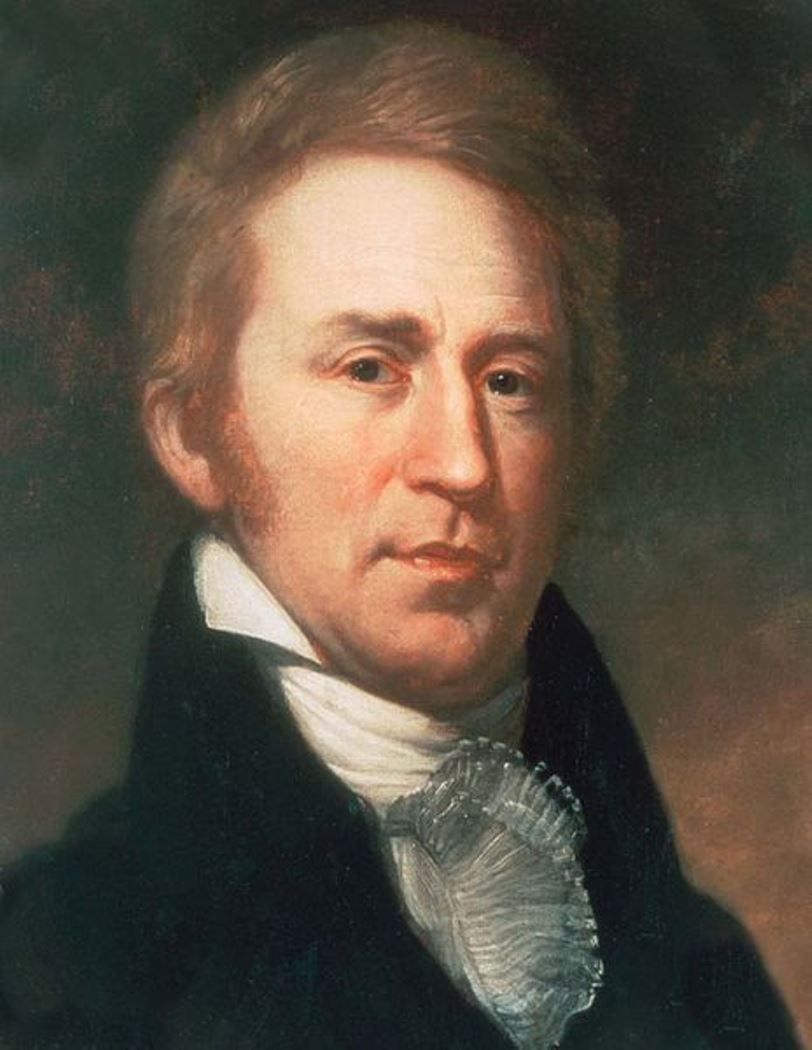
William Clark, an American frontiersman, is best known for co-leading the epic Lewis and Clark Expedition alongside Meriwether Lewis from 1804 to 1806. This journey was a monumental exploration of the American West, extending to the Pacific Northwest, which laid the foundation for westward expansion and significantly contributed to the nation's knowledge of the vast territory.
Before his fame as an explorer, William Clark had a substantial military career, beginning with his service in the militia and the U.S. Army during the Northwest Indian War. His experiences in the military, including participation in the Battle of Fallen Timbers, honed his leadership and survival skills, which were crucial for the success of the Lewis and Clark Expedition.
Following the expedition, William Clark continued to serve in significant roles, including as the governor of Missouri Territory and as a superintendent of Indian Affairs. His later years were dedicated to managing relations with various Native American tribes, navigating the complexities of the expanding American frontier.
For collectors and experts in art, history, and antiques, William Clark's life and contributions offer a fascinating lens through which to explore the early 19th-century American narrative. His maps, journals, and other related artifacts provide a unique perspective on this formative period in U.S. history.
To stay informed about new discoveries, exhibitions, and auction events related to William Clark, consider subscribing for updates. This subscription will provide you with valuable insights into the lasting impact of Clark's legacy on American culture and history.


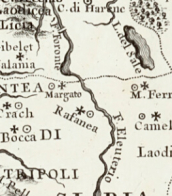
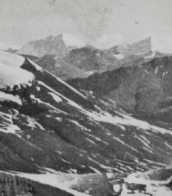


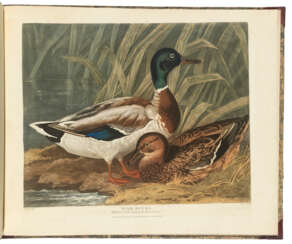

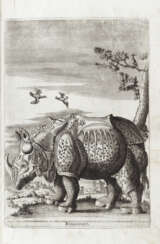

![[MILANO - FALKEISEN e altri] - Una serie di interessanti vedute di piccolo formato su grandi fogli](/assets/image/picture_942361/7e920/doehebqm-rcpfabb0sv9wowimsszc92x-fmwwuqcvkhy2cng3n7qqrgraeckbb1n1596201879jpg__fix_374_244.jpeg)
![[MILANO - FALKEISEN e altri] - Una serie di interessanti vedute di piccolo formato su grandi fogli](https://veryimportantlot.com/assets/image/picture_942361/7e920/doehebqm-rcpfabb0sv9wowimsszc92x-fmwwuqcvkhy2cng3n7qqrgraeckbb1n1596201879jpg__fix_374_244.jpeg)
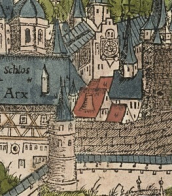
![PALLADIO, Andrea (1518-1580) - I quattro libri dell'architettura. Venice: Domenico De Franceschi, 1570 [ma Venezia, Giambattista Pasquali, circa 1768].](/assets/image/picture_1242560/558b7/a2nw3v1hqi3yf8bmxfcbfmuovd6yoyjpwab4bex95syyrsc2ry5a1sif0xqorghw1608651687jpg__fix_374_244.jpeg)
![PALLADIO, Andrea (1518-1580) - I quattro libri dell'architettura. Venice: Domenico De Franceschi, 1570 [ma Venezia, Giambattista Pasquali, circa 1768].](https://veryimportantlot.com/assets/image/picture_1242560/558b7/a2nw3v1hqi3yf8bmxfcbfmuovd6yoyjpwab4bex95syyrsc2ry5a1sif0xqorghw1608651687jpg__fix_374_244.jpeg)
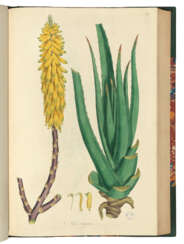




![[SAUERWEID, Alexandre Ivanovitch (1783-1844)]](/assets/image/picture_2943326/35bb5/959adb3c34d03d90e9fb662f07dd02191689199200jpg__fix_374_244.jpeg)
![[SAUERWEID, Alexandre Ivanovitch (1783-1844)]](https://veryimportantlot.com/assets/image/picture_2943326/35bb5/959adb3c34d03d90e9fb662f07dd02191689199200jpg__fix_374_244.jpeg)








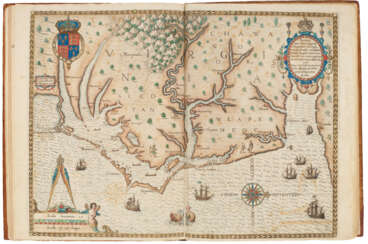

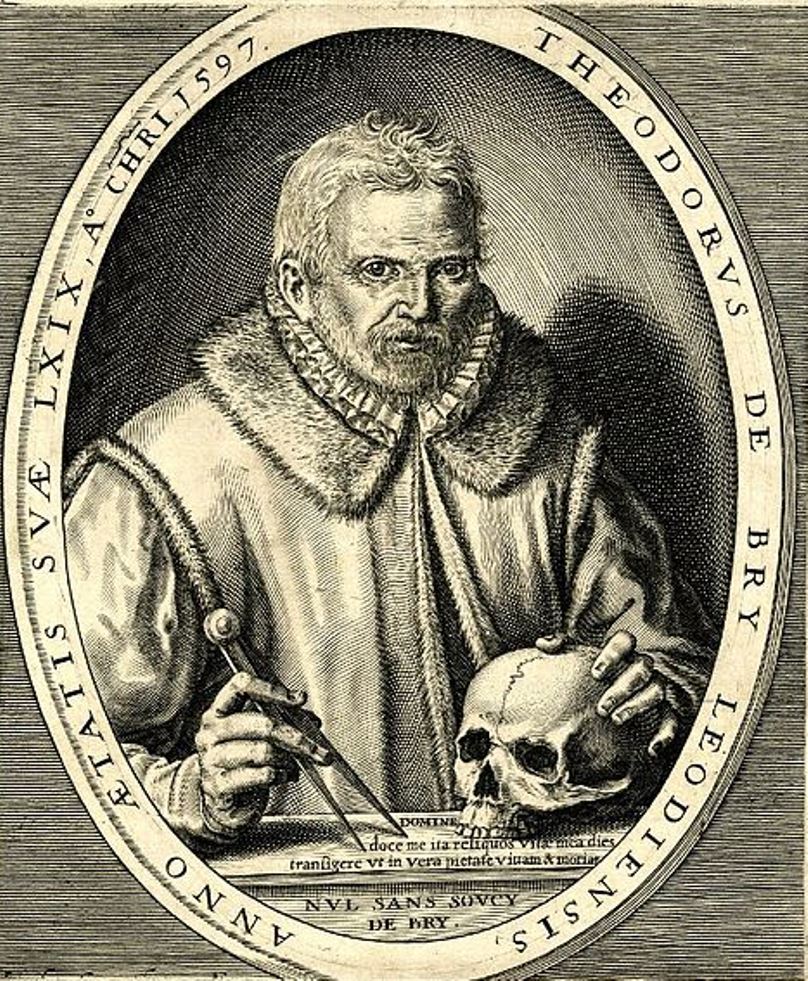
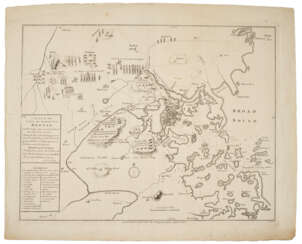

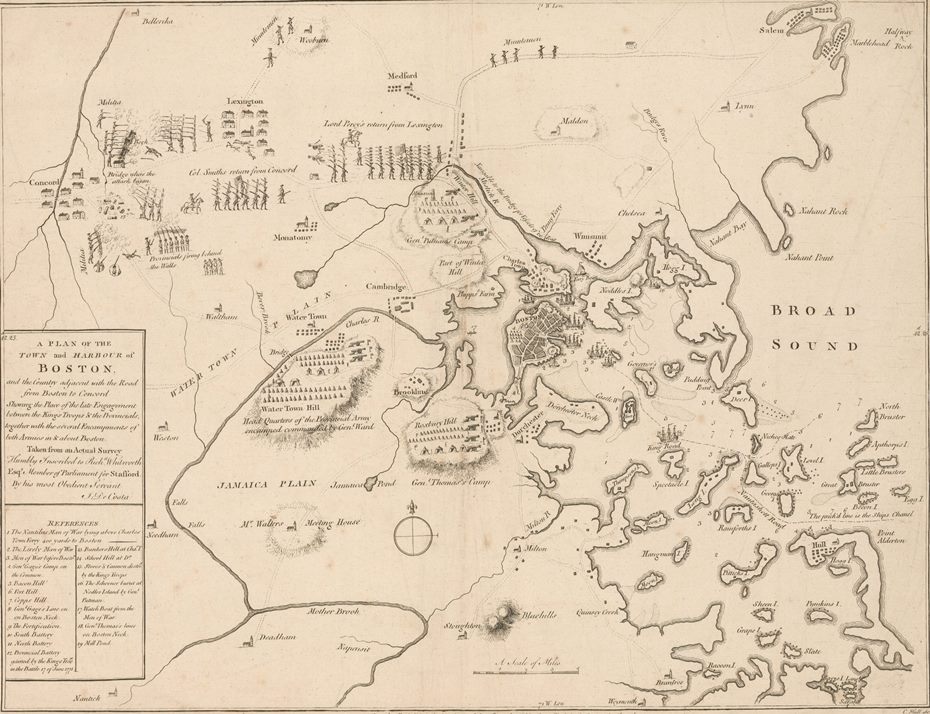
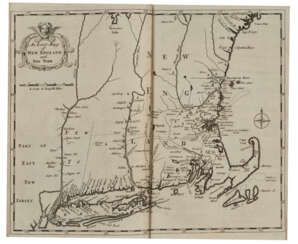

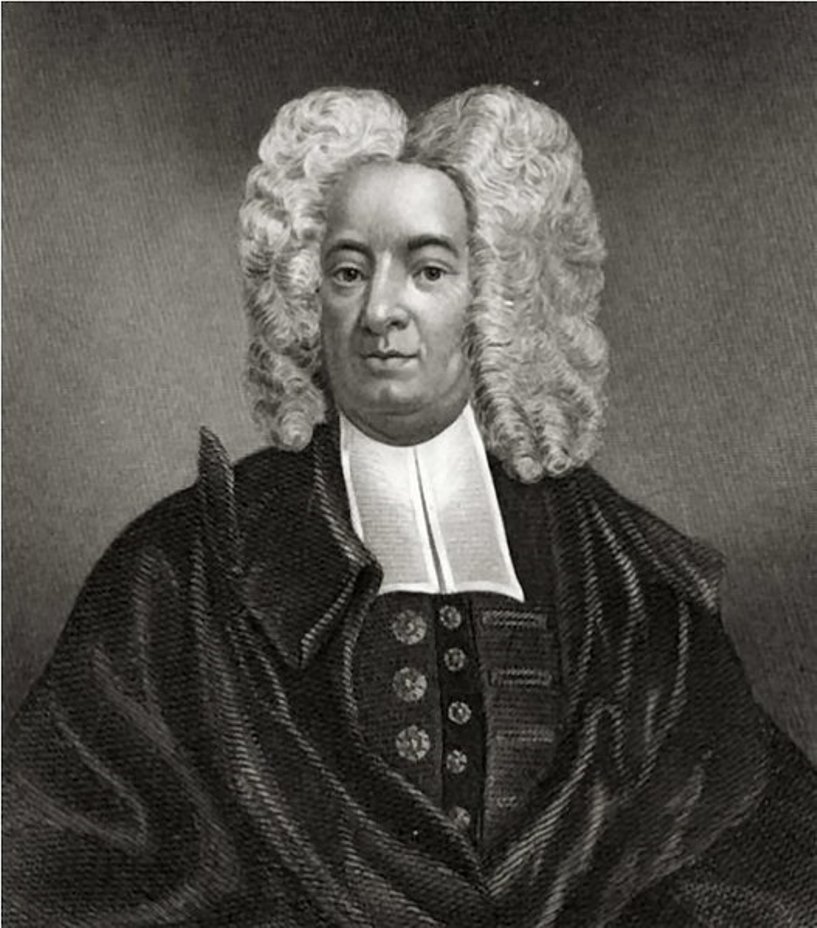






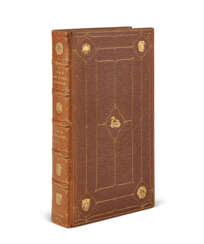

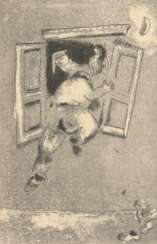

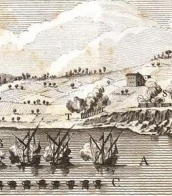
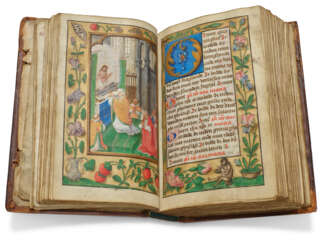




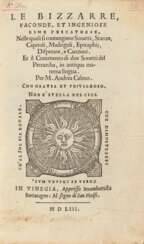



![GRAEVIUS, Johann Georg (1632-1703) - [COLLEZIONE DI TAVOLE DA:] - Thesaurus antiquitatum et historiarum Italiae. She give: Petrus Vander, 1704-1722.](/assets/image/picture_1241987/78097/enhtioh6fned98mua3jvgdr-wru2y1l3fcgxm9zdakeun3hbv8ioioivntanq1608650265jpg__fix_374_244.jpeg)
![GRAEVIUS, Johann Georg (1632-1703) - [COLLEZIONE DI TAVOLE DA:] - Thesaurus antiquitatum et historiarum Italiae. She give: Petrus Vander, 1704-1722.](https://veryimportantlot.com/assets/image/picture_1241987/78097/enhtioh6fned98mua3jvgdr-wru2y1l3fcgxm9zdakeun3hbv8ioioivntanq1608650265jpg__fix_374_244.jpeg)
![[PARMA] - PACIAUDI, Paolo Maria Paciaudi (1710-1785) - Descrizione delle feste celebrate in Parma l'anno 1769. Per le auguste nozze di sua altezza reale l'infante Don Ferdinando colla reale arciduchessa Maria Amalia. Parma: Giambattista Bodoni, [1769].](/assets/image/picture_1242120/53894/8-donz4q7whl2byun7qhp5k8feaaetqjqvruztoagotvwg7oaowqo5xmhtyfe-1608650265jpg__fix_374_244.jpeg)
![[PARMA] - PACIAUDI, Paolo Maria Paciaudi (1710-1785) - Descrizione delle feste celebrate in Parma l'anno 1769. Per le auguste nozze di sua altezza reale l'infante Don Ferdinando colla reale arciduchessa Maria Amalia. Parma: Giambattista Bodoni, [1769].](https://veryimportantlot.com/assets/image/picture_1242120/53894/8-donz4q7whl2byun7qhp5k8feaaetqjqvruztoagotvwg7oaowqo5xmhtyfe-1608650265jpg__fix_374_244.jpeg)


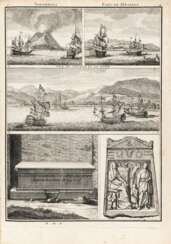



![QUADRI, Antonio (1776-1849) - Il Canal Grande di Venezia. Venice: Tipografia Andreola, 1828 - [LEGATO CON:] - La Piazza di San Marco. Venezia: Tipografia del Commercio, 1831.](/assets/image/picture_1242414/78273/uxyonczhqtkfqr2zzeyho7j94xvwgct2w9f599ggk2gwip21ixp9j3dq3mvowknr1608651686jpg__fix_374_244.jpeg)
![QUADRI, Antonio (1776-1849) - Il Canal Grande di Venezia. Venice: Tipografia Andreola, 1828 - [LEGATO CON:] - La Piazza di San Marco. Venezia: Tipografia del Commercio, 1831.](https://veryimportantlot.com/assets/image/picture_1242414/78273/uxyonczhqtkfqr2zzeyho7j94xvwgct2w9f599ggk2gwip21ixp9j3dq3mvowknr1608651686jpg__fix_374_244.jpeg)
